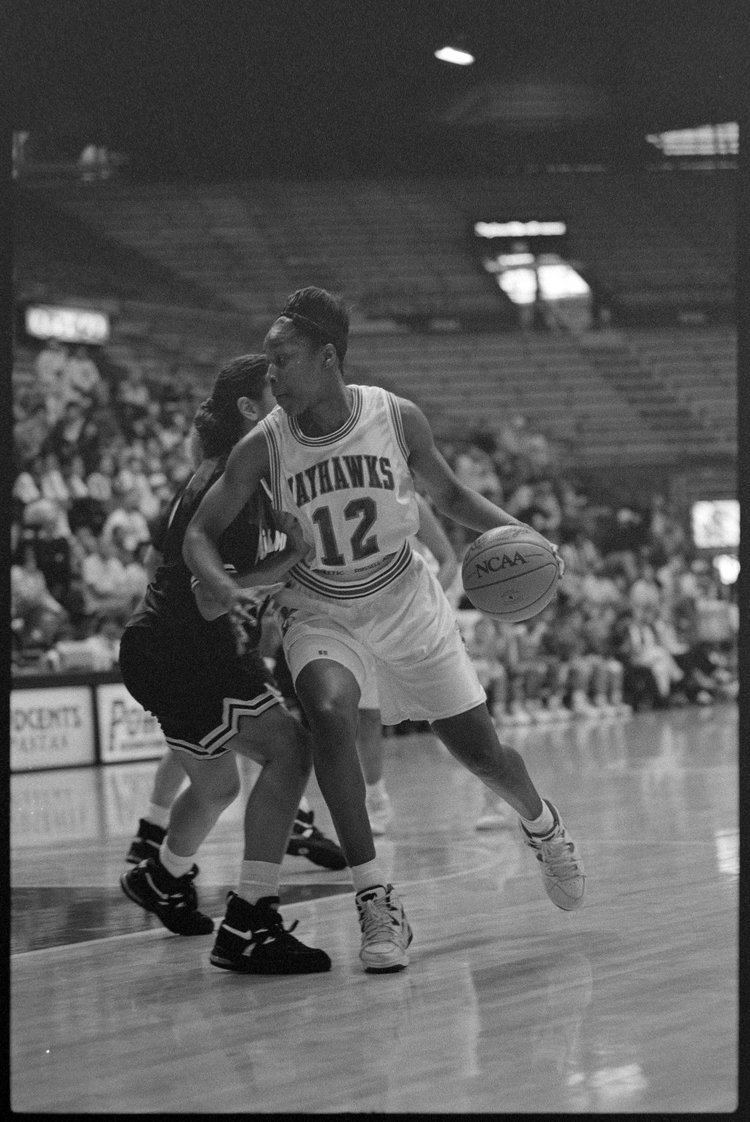Works Cited For A Film
The integration of film studies into academic research has become increasingly prevalent, reflecting the medium’s significance in contemporary culture and its capacity to influence societal perceptions and behaviors. When analyzing or referencing films in scholarly work, proper citation is essential to acknowledge the creators’ intellectual property and to guide readers towards the original sources. This discussion will delve into the nuances of citing films, exploring various citation styles and the importance of accuracy in academic writing.
Introduction to Film Citation
Citing a film involves more than just acknowledging its title. It requires a detailed reference that includes the director, release year, production company, and sometimes the country of origin, depending on the citation style being used. The purpose of these citations is not only to credit the filmmakers but also to provide enough information for readers to find the film easily. Given the visual and auditory nature of films, citations might also need to include timestamps or scene descriptions for specific references.
Citation Styles for Films
Different academic disciplines adopt various citation styles, each with its guidelines for referencing films. The most commonly used styles include MLA (Modern Language Association), APA (American Psychological Association), and Chicago.
MLA Style
In MLA style, a film citation typically includes the title of the film, the director, the distributor, and the year of release. For example:
<blockquote>
Lastname, Firstname, director. <i>Film Title</i>, Distributor, Release Year.
</blockquote>
Example:
<blockquote>
Kubrick, Stanley, director. <i>2001: A Space Odyssey</i>, Metro-Goldwyn-Mayer, 1968.
</blockquote>
If the film is a part of a larger work or a container (like a streaming platform), additional information might be required.
APA Style
APA style emphasizes the director as the primary creator and includes the year of release and the country of origin if it is not the United States. The format is as follows:
<blockquote>
Director's Lastname, F.M. (Director). (Release Year). <i>Film title</i> [Film]. Country of Origin: Production Company.
</blockquote>
Example:
<blockquote>
Kubrick, S. (Director). (1968). <i>2001: A Space Odyssey</i> [Film]. United States: Metro-Goldwyn-Mayer.
</blockquote>
Chicago Style
Chicago style offers two formats: author-date and notes-bibliography. For films, the author-date system would look like this:
<blockquote>
Lastname, Firstname. <i>Film Title</i>. Directed by Director's Name. Production Company, Release Year.
</blockquote>
Example:
<blockquote>
Kubrick, Stanley. <i>2001: A Space Odyssey</i>. Directed by Stanley Kubrick. Metro-Goldwyn-Mayer, 1968.
</blockquote>
The notes-bibliography style involves footnotes or endnotes with a bibliography entry.
Importance of Accurate Citation
Accurate citation of films, as with any source, is crucial for several reasons. It:
- Prevents Plagiarism: Failing to cite a film properly can lead to accusations of plagiarism, which is a serious academic offense.
- Respects Intellectual Property: Citing creators and producers acknowledges their work and respects their intellectual property rights.
- Enhances Credibility: Proper citation demonstrates a commitment to academic integrity and enhances the credibility of the writer’s work.
- Facilitates Further Research: Detailed citations guide readers and other researchers to the sources, facilitating further study and exploration.
Engaging with Film Criticism and Analysis
Beyond citation, engaging with films in academic writing involves critical analysis and thoughtful critique. This can include examining themes, characters, cinematography, and the historical context in which the film was made. Film studies often intersect with other disciplines, such as sociology, psychology, and literature, providing a rich tapestry for interdisciplinary analysis.
Practical Applications of Film Studies
The skills developed through film studies—critical thinking, analytical reasoning, and effective communication—are valuable not only in academia but also in a wide range of professional settings. Understanding how to critically analyze films can inform how we consume and interpret media, promoting a more discerning and informed audience.
Future Trends in Film Citation and Analysis
As media evolves, so do the ways we consume, analyze, and cite films. The rise of streaming platforms and digital content poses new challenges for citation, with considerations for episode titles, season numbers, and the ephemeral nature of online content. Staying abreast of these changes is essential for maintaining the integrity of academic work in film studies.
Conclusion
Citing films in academic work is a nuanced process that requires attention to detail and adherence to specific guidelines depending on the chosen citation style. By understanding and applying these principles, writers can ensure that their work is not only respectful of the filmmakers’ efforts but also contributes meaningfully to the broader academic discourse. As film continues to play a significant role in shaping cultural narratives and reflecting societal values, the accurate citation and thoughtful analysis of films will remain vital components of academic research.
What is the primary purpose of citing films in academic work?
+The primary purpose of citing films is to acknowledge the creators’ intellectual property, guide readers to the original source, and maintain academic integrity by avoiding plagiarism.
How do different citation styles (MLA, APA, Chicago) approach film citations?
+Each style has its unique format for citing films. MLA focuses on the director and release year, APA emphasizes the director and includes the country of origin if not the US, and Chicago offers two formats (author-date and notes-bibliography) with variations in presentation.
What skills are developed through film studies that are valuable in professional settings?
+Film studies develop critical thinking, analytical reasoning, and effective communication skills, which are valuable in a wide range of professional settings beyond academia.


